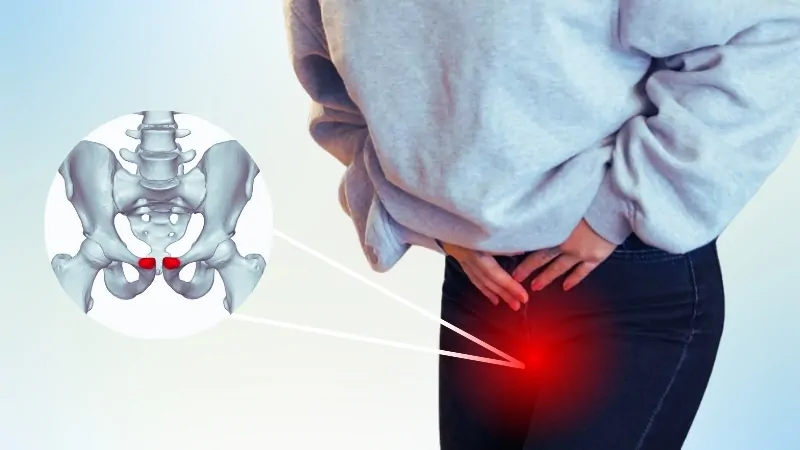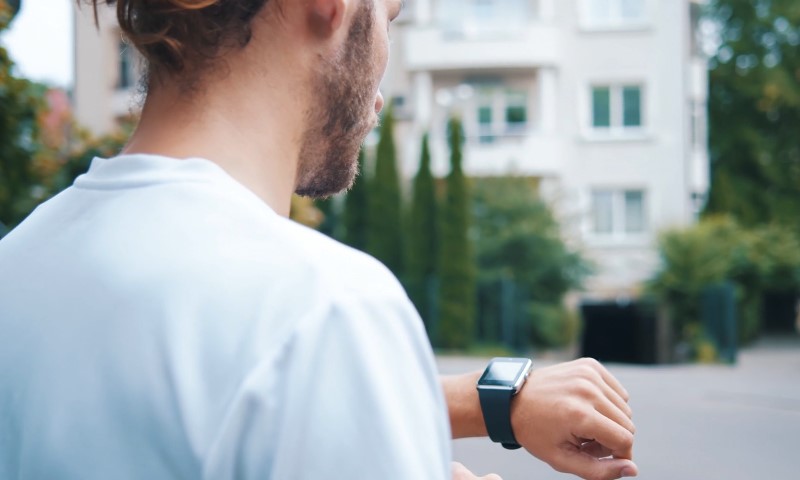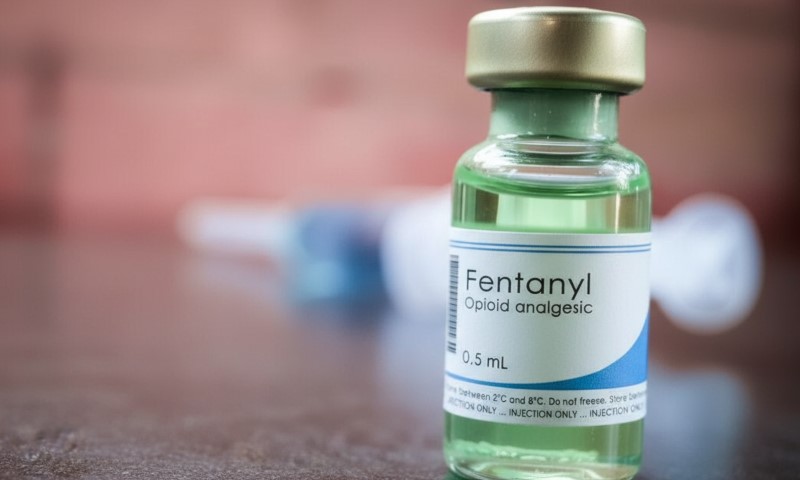Many women visit the doctor with complaints of chronic, often intense groin female pain.
Like others we’ve encountered, they frequently undergo traditional treatments and hear a range of theories about why this discomfort persists.
Despite multiple appointments and treatment attempts, many of these women continue to face uncertainty, feeling overlooked or misunderstood as they struggle to identify a lasting solution for their groin pain.
Key Takeaways
Causes of Groin Pain in Women
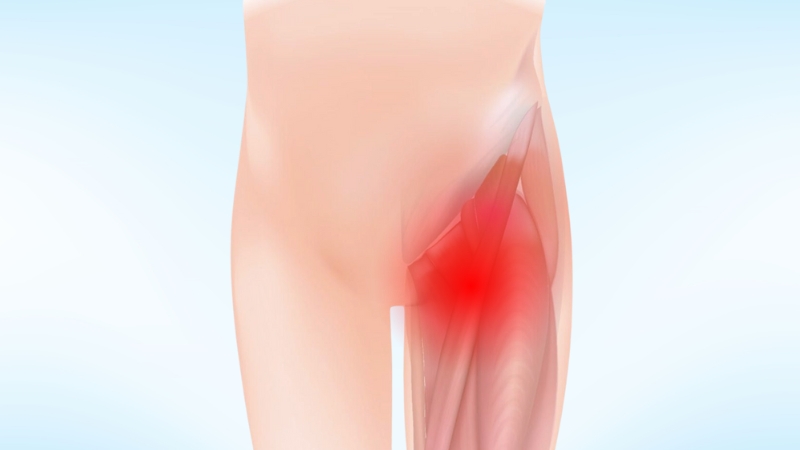
Groin female pain can arise from athletic injuries, ligament laxity, nerve impingement, or even complications related to childbirth.
Women often report frustration with unclear diagnoses or unsuccessful treatment attempts, as seen in case studies involving ligament-related groin pain and nerve impingements.
The wide range of underlying causes, including pelvic floor dysfunction, herniated discs, osteitis pubis, and sports injuries, makes identifying the exact cause challenging.
In a study published in Clinical Neurology and Neurosurgery (2017), researchers analyzed the prevalence of pain among 397 patients with sacroiliac joint dysfunction, lumbar stenosis, and lumbar disc herniation:
These findings highlight that sacroiliac joint dysfunction is significantly associated with groin pain, whereas lumbar stenosis and herniated discs present lower prevalence.
This type of granular data enables more precise targeting in diagnostics and treatment strategies for women with persistent groin pain.
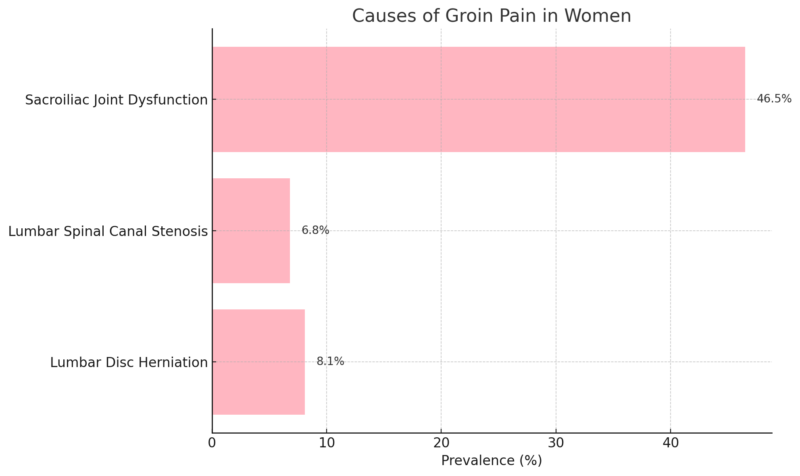
“A strain, pull or tear to one or more muscles in this area can result in groin pain,” says Warren Young, MD, a primary sports medicine physician at HSS Westchester.
“But groin pain can be a symptom of other conditions, so it shouldn’t be ignored.”
Ligament Laxity
Ligament laxity is a frequently underdiagnosed contributor to chronic groin pain, especially in women post-childbirth or following injuries.
Ligament laxity weakens the structural support in the pelvic and groin area, often leading to nondescript pain that is difficult to diagnose.
A case study patient published in the Journal of Prolotherapy, experienced widespread groin, hip, and lower back pain due to ligament laxity after childbirth.
In her narrative, she describes the intensity of her groin pain as reaching 7 out of 10, with her hip pain rated at 5 out of 10 and low back pain at 8 out of 10.
This condition’s prevalence among women may be higher than documented, as women often experience ligament weakening due to hormonal changes related to pregnancy and postpartum.
This hormone-induced laxity creates a lasting vulnerability in the pelvic structure, which may result in chronic pain extending to the groin, hips, and lower back.
Nerve Impingement: Another Potential Culprit
Nerve impingement, particularly of the genitofemoral, pudendal, or inferior cluneal nerves, is also a potential cause of groin female pain, leading to referred pain throughout the pain in the upper thigh and groin area.
In a study of patients with sacroiliac joint dysfunction, nerve impingement was a notable cause of pain referred to the groin area.
The prevalence of cauda equina symptoms among patients with lumbar stenosis highlights the relationship between nerve impingement and groin pain, especially when associated with lower back issues.
Athletic Injuries and Groin Pain
Athletic activities are a primary source of groin pain in women, especially in sports requiring rapid hip movements, such as soccer, running, and gymnastics.
A study on two elite female soccer teams published in the American Journal of Sports Medicine documented a 12% incidence rate of groin injuries, underscoring the vulnerability of athletes to groin pain.
Additionally, research in the Journal of Orthopaedic & Sports Physical Therapy identified hip, groin, knee, and lower-leg injuries as frequent complaints among female runners.
Repeated stress and overuse injuries place significant strain on the adductor muscles and surrounding ligaments, which can lead to chronic groin pain if not properly addressed.
Effective Treatment Options for Groin Pain in Women
1. Prolotherapy and Platelet-Rich Plasma (PRP) Therapy: Advanced Injection Therapies
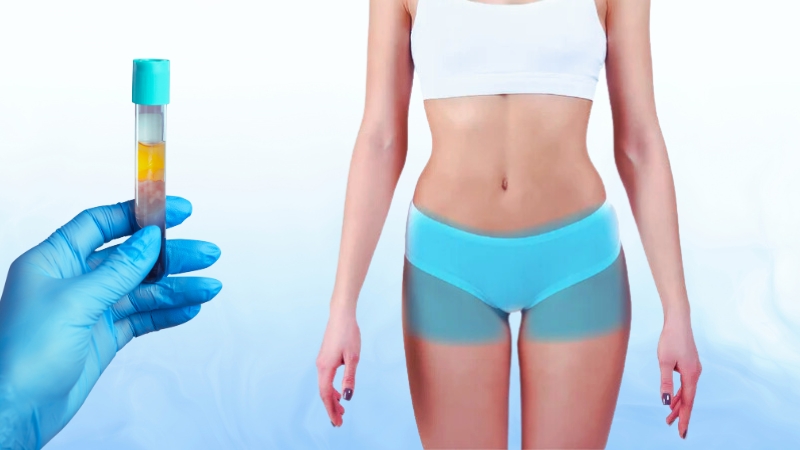
Prolotherapy is an injection-based treatment designed to stimulate tissue repair by injecting a natural irritant, usually a dextrose solution, into the affected area.
This process initiates mild inflammation, prompting the body’s healing mechanisms to strengthen weakened ligaments.
PRP therapy, a related approach, involves injecting concentrated platelets from the patient’s own blood to encourage cellular repair.
Research suggests that Prolotherapy and PRP therapy are particularly effective in treating ligament laxity, making them ideal for patients whose groin pain stems from weakened ligaments in the pelvic region.
Osteitis pubis is a common source of groin pain in athletes participating in sports requiring kicking, twisting, and pivoting movements. Athletes will present with progressive pain or discomfort in the pubic area or groin. There is usually point tenderness over the pubic symphysis and pain localizing to the adductor or rectus abdominis tendons. Conservative management often includes activity modification, oral medications, progressive rehabilitation, therapeutic ultrasound, steroid injections, and prolotherapy. Osteitis pubis can be refractory to conservative management and can keep an athlete sidelined for as long as 2 years. David J Park
2. Physical Therapy: Strengthening Muscles for Long-Term Pain Relief
Physical therapy (PT) remains a cornerstone treatment, particularly when muscle weakness or improper movement patterns contribute to the pain.
PT focuses on exercises that target the muscles supporting the pelvis, core, and lower extremities to improve overall stability.
A systematic review published in the Journal of Orthopaedic & Sports Physical Therapy recommended that patients with iliopsoas tendonitis, ligament laxity, and osteitis pubis undertake strengthening exercises to enhance core stability and mitigate pain.
PT is essential for athletes who experience repeated groin injuries due to overuse.
By reinforcing core and pelvic stability, PT can reduce the risk of recurrent injuries, helping athletes to return to sports safely.
Rehabilitation of the groin should normalize lower extremity muscle balance and protect the groin during energy transfer during sports participation. With the use of an evidence-based rehabilitation program, the athlete may return to sports and prevent further episodes. Although complex at times, the highly skilled clinician can determine if overlapping conditions exist and can localize the primary source of the pain and dysfunction. Timothy F Tyler
3. Pain Management and Anti-Inflammatory Medications
💊Non-steroidal anti-inflammatory drugs #NSAIDs are among the most commonly used drugs. NSAIDs include nonselective cyclooxygenase (COX) inhibitors (ibuprofen, aspirin, diclofenac, naproxen) & selective COX2 inhibitors (celecoxib, rofecoxib, etoricoxib, lumiracoxib, valecoxib).🧵 pic.twitter.com/8WfkUab4t3
— Dr Melvin Sanicas (@Vaccinologist) April 20, 2020
For cases where groin pain is driven by inflammation, such as osteitis pubis, conventional pain management techniques can offer temporary relief.
NSAIDs (non-steroidal anti-inflammatory drugs) and corticosteroid injections are common interventions, especially when patients experience acute, inflammatory pain according to research from StatPearls.
However, these treatments do not address the root causes, such as ligament laxity or musculoskeletal misalignments, and therefore are often supplemented with long-term therapies like Prolotherapy or PT.
While corticosteroids can be effective for reducing inflammation, they carry the risk of weakening tissue over time, so their use is generally limited to severe cases and as part of a broader treatment plan.
4. Surgical Interventions
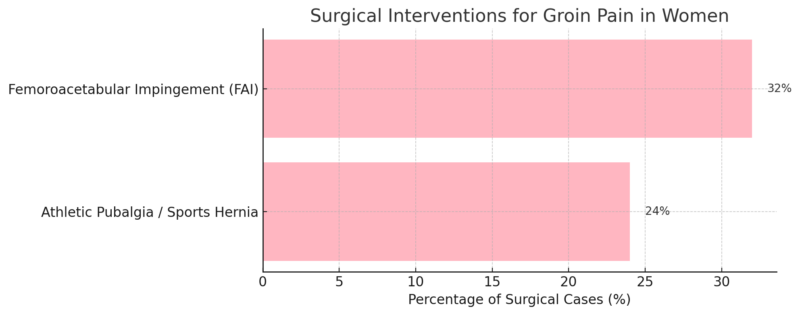
Surgical intervention may be necessary when conservative treatments fail, particularly in cases involving structural abnormalities.
Femoroacetabular impingement (FAI), a condition where abnormal bone shapes in the hip joint cause friction, accounts for 32% of groin female pain cases requiring surgery, as reported in the Orthopedic Reviews.
In these cases, corrective surgeries aim to reshape the hip joint to prevent further damage and alleviate pain.
Other common surgical causes include athletic pubalgia or sports hernia, occurring in 24% of cases, and labral tears.
In such cases, procedures may involve repairing torn tissues, releasing impinged nerves, or realigning the pelvic region to restore functionality.
Surgery, however, is generally reserved for cases where other treatments have proven ineffective due to the risks associated with invasive procedures.
Conclusion
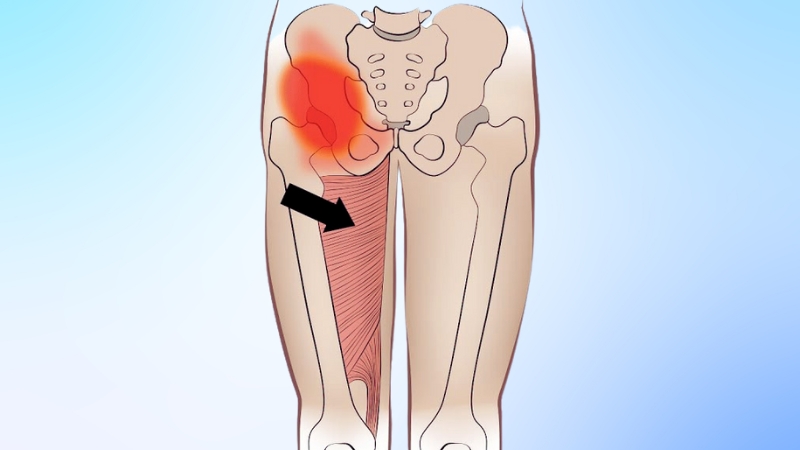
Chronic groin female pain requires an integrative approach that addresses both underlying and referred pain sources.
The combination of Prolotherapy and PRP therapy, along with physical therapy, offers a promising avenue for pain relief and tissue regeneration.
For women with persistent pain following athletic injuries, childbirth, or structural complications, early intervention with these therapies can reduce the need for invasive procedures.
When conventional approaches fall short, innovative treatments like Prolotherapy and PRP therapy may provide lasting relief by targeting the underlying causes of pain rather than merely managing symptoms.
References
- Johnson JN, Hanson KA, Jones CA, Grandhi R, Guerrero J, Rodriguez JS. Data Sharing in Neurosurgery and Neurology Journals. Cureus. 2018 May 23;10(5):e2680. doi: 10.7759/cureus.2680. PMID: 30050735; PMCID: PMC6059521.
-
Fortier LM, Popovsky D, Durci MM, Norwood H, Sherman WF, Kaye AD. An Updated Review of Femoroacetabular Impingement Syndrome. Orthop Rev (Pavia). 2022 Aug 25;14(3):37513. doi: 10.52965/001c.37513. PMID: 36034731; PMCID: PMC9404268.
- Engström B, Johansson C, Tornkvist H. Soccer injuries among elite female players. The American Journal of Sports Medicine. 1991;19(4):372-375. doi:10.1177/036354659101900408
- van der Worp MP, de Wijer A, van Cingel R, Verbeek AL, Nijhuis-van der Sanden MW, Staal JB. The 5- or 10-km Marikenloop Run: A Prospective Study of the Etiology of Running-Related Injuries in Women. J Orthop Sports Phys Ther. 2016 Jun;46(6):462-70. doi: 10.2519/jospt.2016.6402. Epub 2016 Apr 26. PMID: 27117730.
- Machotka Z, Kumar S, Perraton LG. A systematic review of the literature on the effectiveness of exercise therapy for groin pain in athletes. Sports Med Arthrosc Rehabil Ther Technol. 2009 Mar 31;1(1):5. doi: 10.1186/1758-2555-1-5. PMID: 19331695; PMCID: PMC2674034.
- Ghlichloo I, Gerriets V. Nonsteroidal Anti-Inflammatory Drugs (NSAIDs) [Updated 2023 May 1]. In: StatPearls [Internet]. Treasure Island (FL): StatPearls Publishing; 2024 Jan-. Available from: https://www.ncbi.nlm.nih.gov/books/NBK547742/
-
Tyler TF, Silvers HJ, Gerhardt MB, Nicholas SJ. Groin injuries in sports medicine. Sports Health. 2010 May;2(3):231-6. doi: 10.1177/1941738110366820. PMID: 23015943; PMCID: PMC3445110.
-
Park DJ, Sussman WI. Osteitis Pubis Treated With Platelet-Rich Plasma: A Case Report. Clin J Sport Med. 2022 Mar 1;32(2):e172-e174. doi: 10.1097/JSM.0000000000000875. PMID: 33913676.


